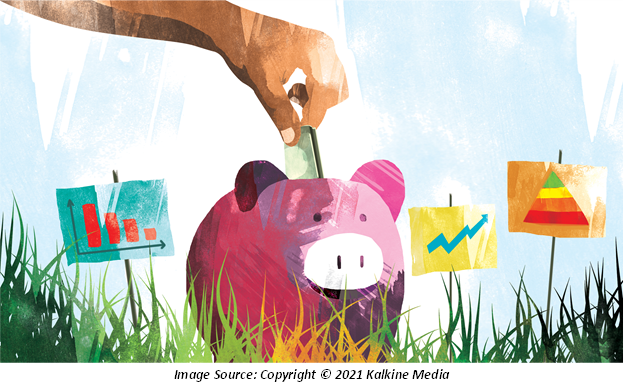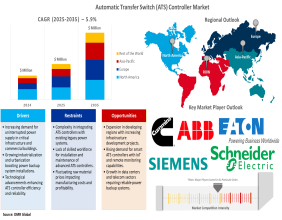Highlights
- According to Treasurer secretary Steven Kennedy, GDP is expected to show a drop of 3% in the September 2021 quarter.
- The highest GDP drop was of 7%, observed last year during the June quarter when the first wave of COVID-19 had struck.
- Treasurer secretary Steven Kennedy stated that increased savings have built up across Australian households and businesses.
Australia has had a diverse journey through the pandemic, with the first lockdown being met with fast recovery only to be followed by an even longer period of a second lockdown. As the reinstated lockdowns have been opened, and the economy is moving closer to the pre-pandemic way of living, it is worth wondering how far the Australian economy has come from its original shape before the beginning of the pandemic.
Due to reduced activity and mobility restraints, many local businesses and economic pipelines had been at a standstill. This led to the buildup of expectations of a shrinking economy, underpinned by the pervasive impact of the pandemic on the economy. According to Treasurer secretary Steven Kennedy, GDP is expected to show a drop of 3% in the September quarter.
With a backdrop of rising inflation, dropping GDP figures could further slowdown the recovery process for Australia. Therefore, the estimates have raised concerns over the upcoming measures needed to help Australia get back on track.
ALSO READ: What to expect as RBA Shuts Down Wage Growth?
Estimated drop second highest on record
The expected drop of 3% would be a GDP decline of large magnitude, weighing heavily on commercial activity and overall economic strength. The drop of 3% would be the second highest in Australia, following previous year’s drop of 7% during the June quarter, that took place during the first wave.
The predictions by the Treasury came shortly after National Australia Bank (NAB) announced a decline in business confidence by 19 points during the September quarter. Though it had been anticipated, the reported drop in consumer and business confidence left concerns looming over the potential impacts of this drop. Notably, slower demand and reduced activity could once again grip the nation if declining GDP figures and weakening confidence persist.
RELATED READ: Lockdowns weighed heavily on business confidence, says NAB
Increased savings offering fresh hope
Despite the worrying conditions, the RBA and the Treasury continue to hold faith in Australia’s resilience to fight back from the continuing perils. However, this faith in Australia is not a bling one, as it is based on the increased savings that have built up across households and businesses.
Treasurer secretary Kennedy stated that AU$330 billion worth of additional savings have been built up by households and business over the 2019 figures. Of this increase, AU$185 billion amounted to household cash savings while AU$145 billion amounted to savings in the cash holdings of businesses, by the end of August 2021.

Given this reassurance, experts should also consider the changing global context that has posed yet another question mark on the economic recovery. The global supply shortages pose another threat to the ongoing recovery process across major world economies. Rising fuel prices, tight supply of labour and increasing production costs are all byproducts of the supply chain disruptions seen across the globe.
In a nutshell, while much of the rocky patch has been covered, the test of Australia’s resilience has not yet come to an end. Current announcements have been a mixed bag, as some positive indicators like increasing vaccination rates seem like good news, while others like declining confidence and slackening GDP are more concerning. Therefore, all eyes are fixed on the nation’s leaders who are expected to steer the country closer to its pre-pandemic self.
INTERSTING READ: Will Aussies sweeten the pot for retailers by shopping big time this Xmas?




